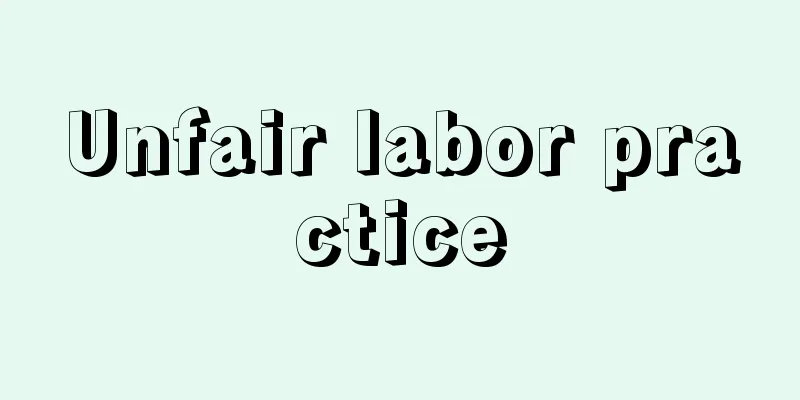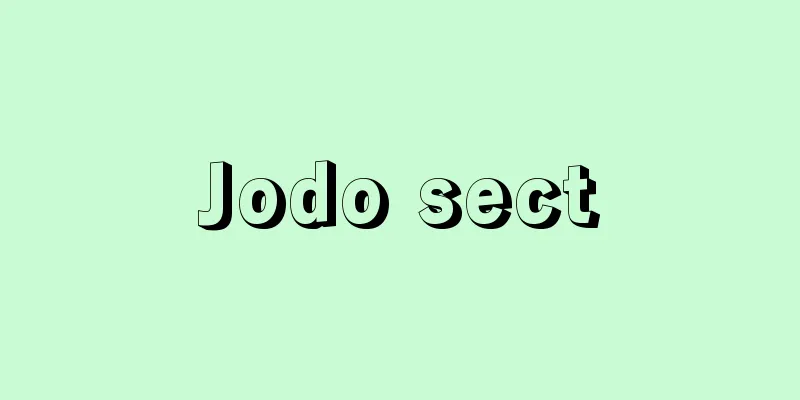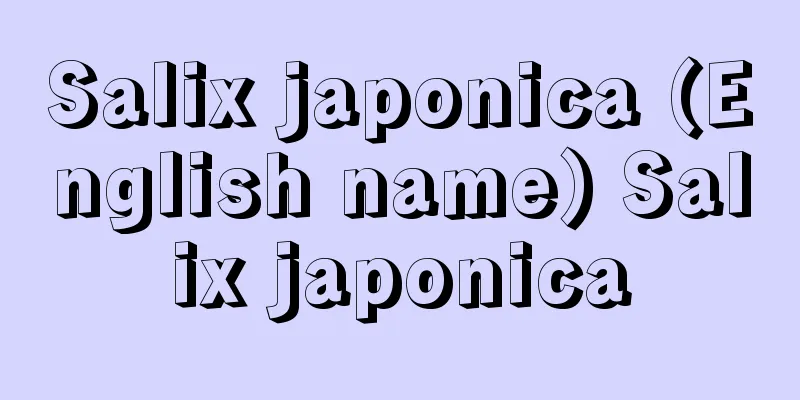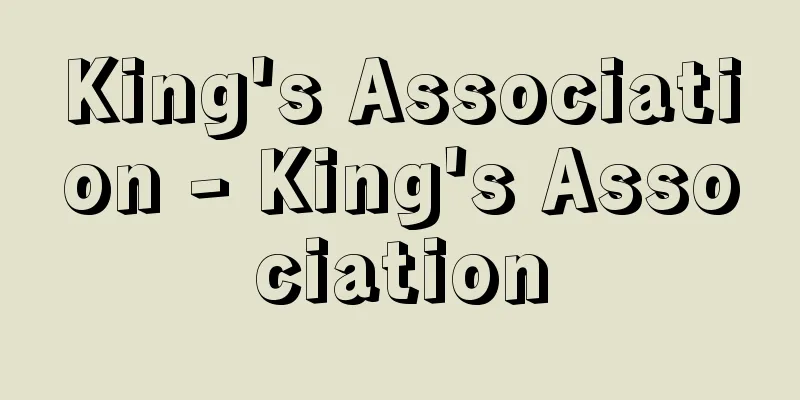Unfair labor practice

|
Unfair labor practices are actions by employers that disrupt, suppress, interfere with, or weaken union and solidarity activities conducted by workers and labor unions. A system in which such actions by employers are prohibited by national law and national institutions (courts and labor commissions) provide relief to workers and labor unions in the event of a violation is called the Unfair Labor Practices System. The purpose of this system is for the state to actively guarantee solidarity activities. [Hiroshi Murashita and Mikio Yoshida] HistoryAlthough the labor movement is legally recognized by the state in modern times, since the emergence of solidarity activities by workers, the movement has a history of being oppressed and suppressed by the state and employers. In modern times, the movement has managed to fight back against these oppressions and obtain criminal and civil immunity for solidarity activities. However, this alone is not enough to guarantee solidarity activities for the labor movement. It is essential to prevent and prohibit unfair actions by employers, such as unfavorable treatment due to solidarity activities, such as dismissal, transfer, wage discrimination, and various other disciplinary measures. Such a proactive system to guarantee solidarity activities is called the Unfair Labor Practices System, and it was first institutionalized in the United States in the Wagner Act (1935). This system has been introduced in various forms in various countries since World War II. [Hiroshi Murashita and Mikio Yoshida] Japan's Unfair Labor Practices SystemIn Japan, the unfair labor practice system was first introduced in the old Labor Union Law (1945). This law succeeded the Wagner Act in the United States. After that, the Japanese Constitution was enacted (1946) and the basic labor rights were guaranteed in Article 28. Therefore, the unfair labor practice system established in the current Labor Union Law (1949) can be considered as a concrete embodiment of this. Therefore, while the unfair labor practice system in Japan is inseparable from the idea of the basic labor right of guaranteeing the right to live of workers, the unfair labor practice system in the Wagner Act was a means to the policy objective of realizing free and equal interstate trade. This difference in the purpose of the system is most clearly shown in the fact that unfair labor practices by labor unions are also recognized in the United States. Before the war, the labor movement in Japan was immature, but after the war, it made a remarkable development. There is no doubt that the unfair labor practice system contributed greatly to this. [Mikio Yoshida] Types of unfair labor practicesArticle 7 of the Labor Union Law prohibits unfair labor practices by employers, including discriminatory treatment and yellow dog contracts (item 1), refusal to negotiate collectively (item 2), control, interference and financial support (item 3), and discrimination based on the actions of employees in petitions to the Labor Relations Commission, investigations by the Labor Relations Commission, and dispute mediation (item 4). In the case of item 1, employers must not subject employees to discriminatory treatment (detrimental treatment), such as dismissal, on the grounds that the employee is a member of a labor union, has formed and joined a labor union, or has performed legitimate labor union actions. In item 2, employers are prohibited from refusing to negotiate collectively with the representatives of employees without a legitimate reason. Furthermore, in item 3, it is prohibited to control and interfere in the formation and management of a labor union in various ways, and to provide financial support for the management of a labor union. However, financial support that is prohibited is only when it results in the labor union being controlled by the employer, and not all financial support is prohibited. [Hiroshi Murashita and Mikio Yoshida] Relief from unfair labor practicesWhen an employer commits an unfair labor practice, there are two methods of relief. One is judicial relief by the court, and the other is quasi-judicial relief by the Labor Relations Commission. Both methods are available in Japan. However, while quasi-judicial relief is appropriate in light of the purpose of the unfair labor practice system, which is to provide simple and quick relief from unfair labor practices, there is a problem that in practice, quick relief cannot be provided because the effectiveness of the Labor Relations Commission's orders can be challenged in court. There are two basic ideas of relief: the principle of direct punishment, which imposes criminal sanctions on the employer's unfair labor practice, and the principle of restitution, which returns the employee to the status quo ante before the unfair labor practice occurred (for example, reinstatement to the original position in the case of dismissal). The old Labor Union Law (1945) adopted the principle of direct punishment, but the current Labor Union Law adopts the principle of restitution. When unfair labor practices have been committed, workers or labor unions may file a petition with the Labor Relations Commission and seek relief. When a petition is filed, the Labor Relations Commission, through public interest commissioners, will investigate and hold a hearing. If the case is found to be an unfair labor practice, it will issue a relief order, and if not, it will issue a dismissal order. Relief orders include (1) orders to restore the status quo, such as reinstatement to original position and back pay (retroactive wage payments), (2) orders to accept collective bargaining, (3) orders to cease control and intervention, and (4) orders to post a notice of apology for the unfair labor practice. Article 27 of the Labor Union Act provides for procedures for the investigation, hearing, and issuance of orders in cases of unfair labor practices. [Hiroshi Murashita and Mikio Yoshida] "Nakayama Kazuhisa, Theory of Unfair Labor Practices (1981, Ichiryusha)" ▽ "Kataoka Noboru, Manai Takanori, and Nishitani Satoshi (eds.), Labor-Management Disputes and the Law (1995, Yuhikaku)" ▽ "Komiya Fumito, Criteria for Recognizing Unfair Labor Practices" (included in Lecture Series on 21st Century Labor Law, Volume 8: Interest Representation Systems and the Right to Organize, 2000, Yuhikaku)" ▽ "Michiyuki Tetsuya, Fundamental Structure of the Doctrine of Unfair Labor Practices (2002, Hokkaido University Press)" ▽ "Central Labor Relations Commission Secretariat, Compiled by Collection of Orders on Unfair Labor Practice Cases, Annual Editions (Labor Commission Association)" [References] | | | | |Source: Shogakukan Encyclopedia Nipponica About Encyclopedia Nipponica Information | Legend |
|
使用者が、労働者および労働組合が行う組合活動、団結活動に対して、妨害、抑圧、干渉したり、あるいは弱体化を図ったりする行為のこと。これらの使用者の行為を国家法によって禁止し、違反行為が発生した場合に、国家機関(裁判所および労働委員会)が労働者および労働組合を救済する制度を不当労働行為制度という。この制度は、国家によって団結活動を積極的に保障することを目的にしている。 [村下 博・吉田美喜夫] 沿革労働運動は、現代でこそ国家によって法的に承認されているが、労働者による団結活動の発生以来、その運動は国家あるいは使用者によって弾圧・抑圧される歴史を経てきた。そして現代では、これらの弾圧・抑圧を跳ね返し、団結活動上の刑事免責や民事免責を獲得するに至っている。しかし労働運動にとってこれだけでは十分な団結活動の保障とはいえない。団結活動を理由とする不利益取扱い、たとえば解雇や配置転換、賃金差別、各種の処分などの使用者の不当な行為を防止・禁止することが必要不可欠である。このような積極的な団結活動保障制度が不当労働行為制度であり、それを最初に制度化したのがアメリカのワグナー法(1935)である。この制度は第二次世界大戦後、各国においてさまざまな形態で導入されるに至っている。 [村下 博・吉田美喜夫] 日本の不当労働行為制度日本の場合、最初に不当労働行為制度が導入されたのは、旧労働組合法(1945)においてであった。これは、アメリカのワグナー法を継承したものである。その後、日本国憲法が制定され(1946)、第28条で労働基本権が保障されたことから、現行法である労働組合法(1949)が定める不当労働行為制度は、その具体化と考えられる。したがって、日本の不当労働行為制度は、労働者の生存権の保障という労働基本権の理念と不可分であるのに対し、ワグナー法の不当労働行為制度は、自由で対等な州際取引の実現という政策目的の手段とされた。このような制度趣旨の違いは、アメリカでは労働組合による不当労働行為も認められている点にもっとも明確に表れている。戦前、日本では労働運動は未成熟であったが、戦後、著しい発展を遂げることになった。このことに不当労働行為制度が大きく貢献したことは疑いない。 [吉田美喜夫] 不当労働行為の類型労働組合法第7条は、使用者による不当労働行為として、差別待遇と黄犬(おうけん)契約(1号)、団体交渉拒否(2号)、支配・介入と経費援助(3号)、労働委員会に対する申立てや同委員会の審査・争議調整などにおける労働者の行為を理由とする差別待遇(4号)をあげて、これらを禁止している。1号の場合、労働者が「労働組合の組合員であること」「労働組合を結成し、これに加入すること」、あるいは「労働組合の正当な行為をしたこと」を理由として、使用者は労働者に対して解雇などの差別待遇(不利益取扱い)をしてはならないとしている。2号では、正当な理由なく使用者が労働者の代表者と団体交渉を拒否することを禁止している。さらに、3号では、さまざまな方法で労働組合の結成や運営に支配介入すること、労働組合の運営に対して経費援助をすることを禁止している。ただし、禁止される経費援助は、それによって労働組合が使用者の支配を受けることになる場合のことであって、あらゆる経費援助が禁止されるわけではない。 [村下 博・吉田美喜夫] 不当労働行為の救済使用者による不当労働行為が行われた場合、その救済方法として次の二つがある。一つは、裁判所による司法的救済であり、もう一つは、労働委員会による準司法的救済である。日本ではこれら双方の利用が可能である。しかし、簡易・迅速に不当労働行為からの救済を図るという不当労働行為制度の趣旨からして、準司法的救済の利用がふさわしいが、労働委員会の命令の効力を裁判所で争うことができるので、実際には迅速な救済ができないという問題がある。救済の基本的な考え方には、使用者の不当労働行為に刑事上の制裁を加える直罰主義と、不当労働行為の発生した以前の状態に戻す(たとえば解雇された場合の原職復帰)という原状回復主義の二つがあり、旧労働組合法(1945)では直罰主義を採用していたが、現行労働組合法では原状回復主義を採用している。 不当労働行為が行われた場合、労働者あるいは労働組合は労働委員会に申立てを行い、救済を求めることができる。申立てがあると、労働委員会は公益委員が調査・審問を行い、不当労働行為が成立する場合には救済命令を、成立しない場合には棄却命令を発することになる。救済命令としては、(1)原職復帰、バック・ペイ(賃金遡及(そきゅう)払い)などの原状回復命令、(2)団体交渉応諾命令、(3)支配・介入中止命令、(4)不当労働行為に対する謝罪文の掲示(ポスト・ノーティス)をさせる命令などがある。不当労働行為事件の調査、審問、命令発布などの手続については労働組合法第27条が定めている。 [村下 博・吉田美喜夫] 『中山和久著『不当労働行為論』(1981・一粒社)』▽『片岡曻・萬井隆令・西谷敏編『労使紛争と法』(1995・有斐閣)』▽『小宮文人著「不当労働行為の認定基準」(『講座21世紀の労働法第8巻 利益代表システムと団結権』所収・2000・有斐閣)』▽『道幸哲也著『不当労働行為法理の基本構造』(2002・北海道大学図書刊行会)』▽『中央労働委員会事務局編『不当労働行為事件命令集』各年版(労委協会)』 [参照項目] | | | | |出典 小学館 日本大百科全書(ニッポニカ)日本大百科全書(ニッポニカ)について 情報 | 凡例 |
<<: Butung Island (English name) Pulau Butung
>>: Unjust enrichment - Futouritoku
Recommend
Chondromyces
…Individual cells are slightly curved rod-shaped ...
Yasunari Kawabata
Novelist. Born in Osaka on June 14, 1899. The eld...
Huò láng tú (English: Huò láng tú)
A subject of Chinese painting. Also known as the &...
false asphodel (English spelling) false asphodel
...This property makes Tofieldia one of the most ...
Takine [town] - Takine
A former town in Tamura County in central-eastern ...
Archichlamydae
…It includes about 60 orders, 300 families, 10,00...
Jemdet Nasr (English spelling)
...A culture dating from around 3200 to 3100 BCE,...
Cucumber massage - Cucumber massage
…In the Kansai region, it is called "namabus...
Torque converter - Torque converter
A device that transmits power from one shaft to a...
Naosuke Ii
A senior councilor of the shogunate in the late E...
masā' al-khayr (English spelling) masaalkhayr
…If there are any Muslims among the non-believers...
Mucic acid (English spelling)
Also known as mucic acid. Chemical formula: HOOC(C...
Anthemis arvensis (English spelling)
… [Munemin Yanagi]. … *Some of the terminology th...
Wisbysches Seerecht (English spelling)
…Later, in the Middle Ages, maritime law develope...
Urethane rubber
A type of special synthetic rubber. It is also ca...









